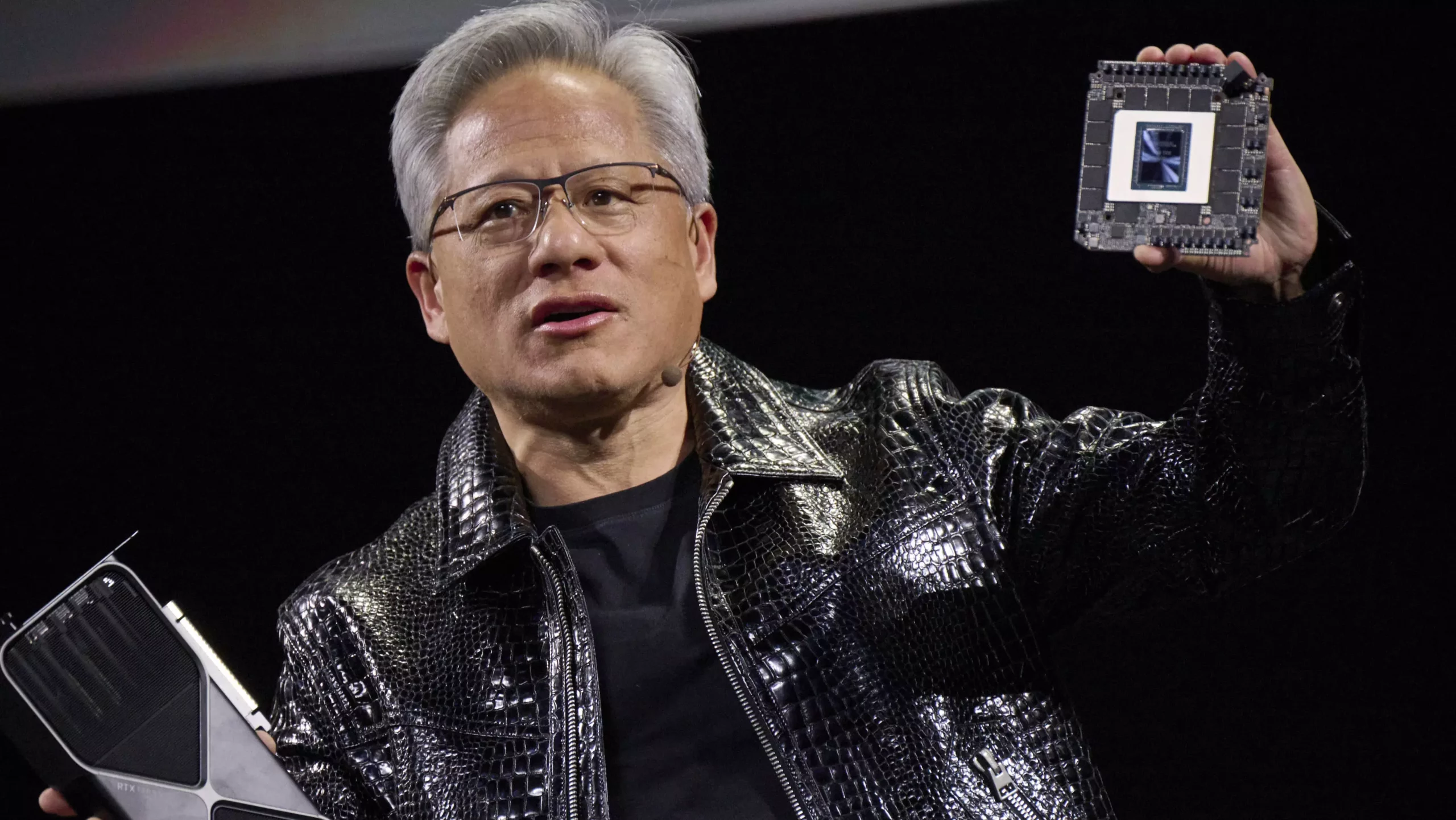In an age dominated by rapid technological advancements, the intersection of global tech giants and nationalist policies presents a fascinating paradox. Nvidia’s CEO, Jensen Huang, recently highlighted this intricacy through his commentary on potential modifications to U.S. chip export policies under President Trump’s administration. Huang’s insights not only reflect his company’s interests but also encapsulate the ongoing debate surrounding globalization and patriotism in the tech industry. As world economies intertwine, how should policymakers navigate the murky waters of international competition and national security in the realm of artificial intelligence (AI)?
Huang’s viewpoint on the “Diffusion rule” showcases a significant shift in the landscape of chip exports. He advocates for a more lenient approach that recognizes the fundamental changes in both technology and international relations since the rule was previously established. The current proposed framework suggests a division of countries based on their access to American chip technology: from unrestricted access to complete bans. However, the idea of requiring individual licenses for each country introduces complexity and potential delays in the flow of innovation.
Export Licenses: A Double-Edged Sword
Critics might argue that requiring licenses on a per-country basis could strengthen the U.S.’s bargaining position over tariffs and trade negotiations. However, Huang builds a compelling case against this notion. By suggesting the importance of expediting the proliferation of American AI technology, he challenges the idea that tighter control over exports equates to greater security. Rather, Huang posits that facilitating quicker access to U.S. technology may be the key to maintaining a competitive edge in a global market where China is closing the gap fast.
It’s essential to recognize that Huang’s emphasis on competitiveness, particularly regarding China, is not without merit. The notion that “China is not behind” and is rather “right behind us” speaks to an urgent need for the U.S. to recognize the reality of an ongoing AI arms race. With approximately half of the world’s AI researchers hailing from China, the race for dominance in AI development becomes more than a matter of pride; it represents a critical economic and strategic imperative.
The Paradox of American Technology
Despite Huang’s clear message about the need for an expedited global diffusion of technology, it raises an important question: can one truly separate technological nationalism from the processes of globalization? The “American-ness” of Nvidia’s chips is questioned by the fact that the majority of physical chip production occurs outside the U.S., primarily in Taiwan. This stark reality invites scrutiny into what it actually means to champion “American technology.” Does simply leading a company from the U.S. contextually define it as an emblem of American manufacturing prowess? The complexities of global supply chains suggest otherwise.
Moreover, Huang’s assertion highlights the financial stakes involved. The balance between maintaining a competitive edge and ensuring profitability may lead stakeholders to advocate for policies that prioritize short-term gains over long-term strategic positioning. This financial motivation could cloud the eyes of leaders who formulate export policies, steering discussions away from nuanced understandings of technological implications, and focusing purely on economic outcomes.
Technological Control vs. Innovation Propagation
The debate extends further when considering the implications of tighter export controls. The argument against more liberal policies states that they may facilitate the flow of banned technologies to geopolitical rivals. Indeed, many are concerned that increased access to U.S. chip technologies may inadvertently bolster China’s AI capabilities. Anecdotal evidence of chips banned from being sold to China ending up there via third-party channels supports this cautionary sentiment.
Yet, one could argue that limiting exports does not guarantee national security or technological supremacy. If anything, constraining the flow of innovation may result in stunted growth for American companies in the long run. Staying relevant in the race hinges upon rapid progress; thus, Huang’s suggestion to not only embrace but expedite AI technology outward seems grounded in an understanding of the market’s evolving dynamics.
Ultimately, Huang’s comments stimulate a crucial conversation about how America positions itself within this globalized landscape. Can U.S. policymakers create an environment that fosters both competitiveness and collaboration? Or will we continue down a path that divides countries into restrictive hierarchies, inhibiting innovation and relinquishing the U.S. advantage in the global technological arena? The challenge lies in forging a balance that acknowledges the realities of global interdependence while fortifying national interests—a tightrope walk that necessitates both vision and pragmatism.

